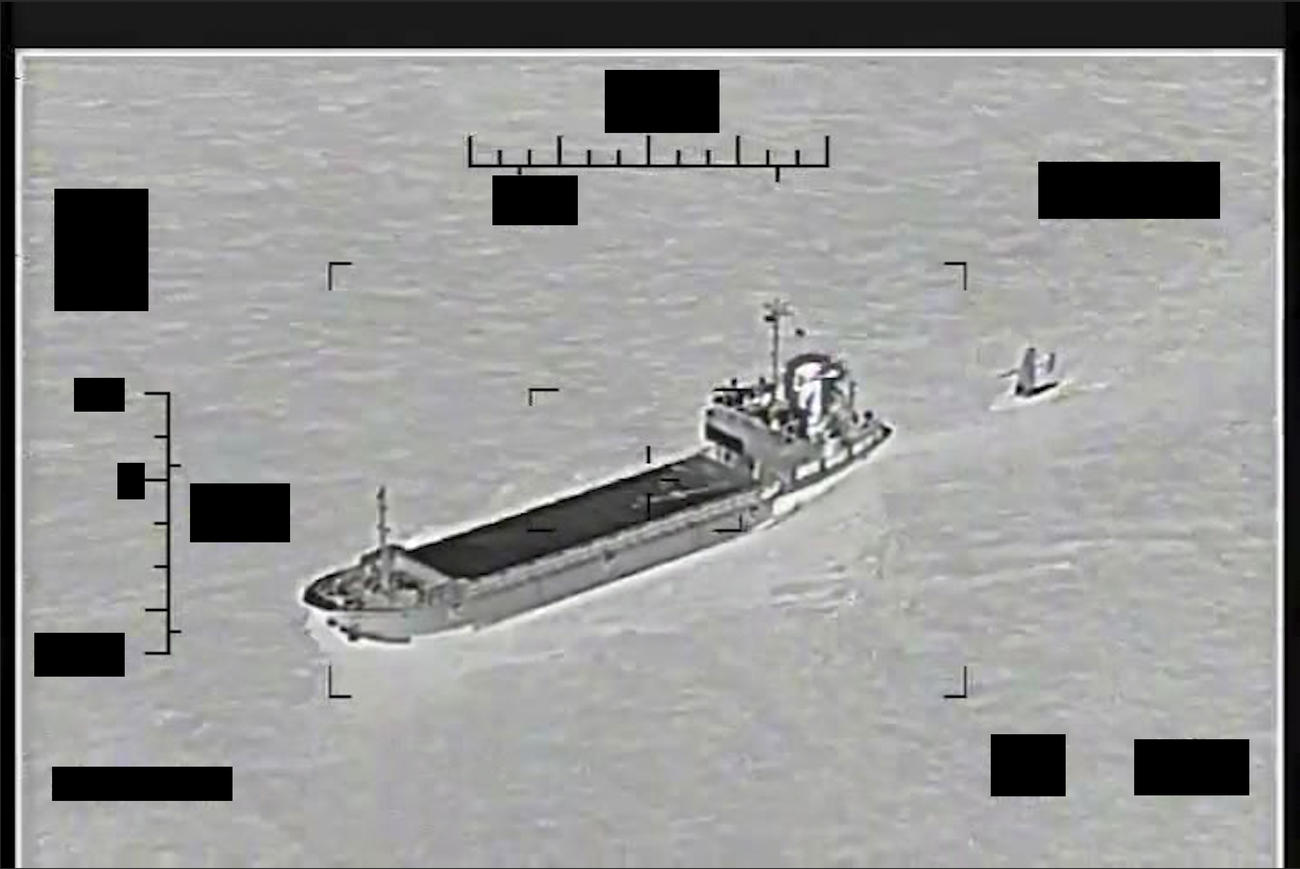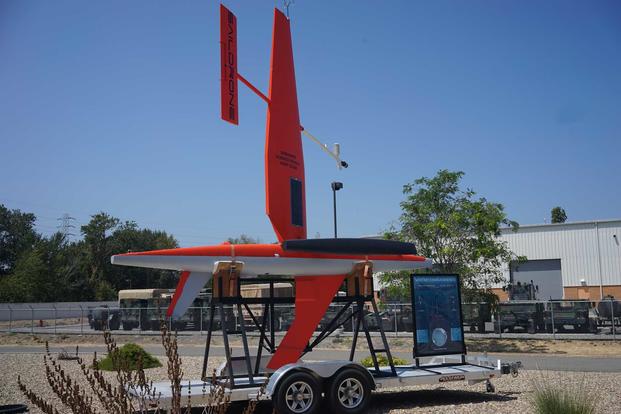
The Navy says that its ships have foiled an Iranian attempt to make off with one of its new unmanned sailing ships in the Arabian Gulf.
In a statement released Tuesday, the Navy said that it spotted a support ship from Iran’s Islamic Revolutionary Guard Corps Navy towing a Saildrone Explorer — a drone ship that can remain at sea for long stretches — at around 11 p.m. Monday night local time. In response, the Navy dispatched a patrol coastal ship, the USS Thunderbolt, and a MH-60S Seahawk helicopter from a squadron based in Bahrain.
“The actions taken by U.S. naval forces in response resulted in the [Iranian] vessel disconnecting the towing line to the [Saildrone] and departing the area approximately four hours later,” the Navy said before adding that they “resumed operations without further incident.”
Read Next: Pentagon OK’s COVID-19 Vaccine that May Ease Some Religious Objections
Vice Adm. Brad Cooper, the commander of the Navy’s 5th Fleet, said the Iranian’s “actions were flagrant, unwarranted and inconsistent with the behavior of a professional maritime force.”

The Saildrone itself is a small 23-foot-long vessel that moves along under a combination of wind and solar power. According to its manufacturer, it can stay at sea for more than a year and be equipped with a range of atmospheric and ocean sensors.
The Navy announced that it was starting to operate the vessels in the Arabian Gulf in late January though it offered little detail as to the craft’s mission other than to say it “houses a package of sensors powered through solar energy for building a shared picture of the surrounding seas.”
In its most recent statement, the Navy noted the Saildrone was “equipped with sensors, radars and cameras for navigation and data collection.”
“This technology is available commercially and does not store sensitive or classified information,” the Navy added.
The Navy currently operates only a handful of unmanned ships in various sizes, but its leaders have regularly discussed plans to grow the number of drones in the fleet to around 150 ships by 2045.
The incident highlights a problem that unmanned ships, many of which are largely unprotected, may face in the region as their use by the U.S. Navy grows. That problem may also become more significant as the Navy retires the last of its patrol ships — the class of ship that quickly responded to the hijacking. In 2021, Navy leaders said they would not be replacing the patrol ships and would instead look to littoral combat ships to take over their mission in the area.
Since that time, however, the Navy has also said it wants to decommission nine littoral combat ships in an effort to make room in the budget for other modernization efforts.
“U.S. naval forces remain vigilant and will continue to fly, sail and operate anywhere international law allows while promoting rules-based international order throughout the region,” Cooper said.
— Konstantin Toropin can be reached at [email protected]. Follow him on Twitter @ktoropin.
Related: Navy Leader Floats Idea of Selling Troubled Littoral Combat Ships to South America
© Copyright 2022 Military.com. All rights reserved. This material may not be published, broadcast, rewritten or redistributed.
